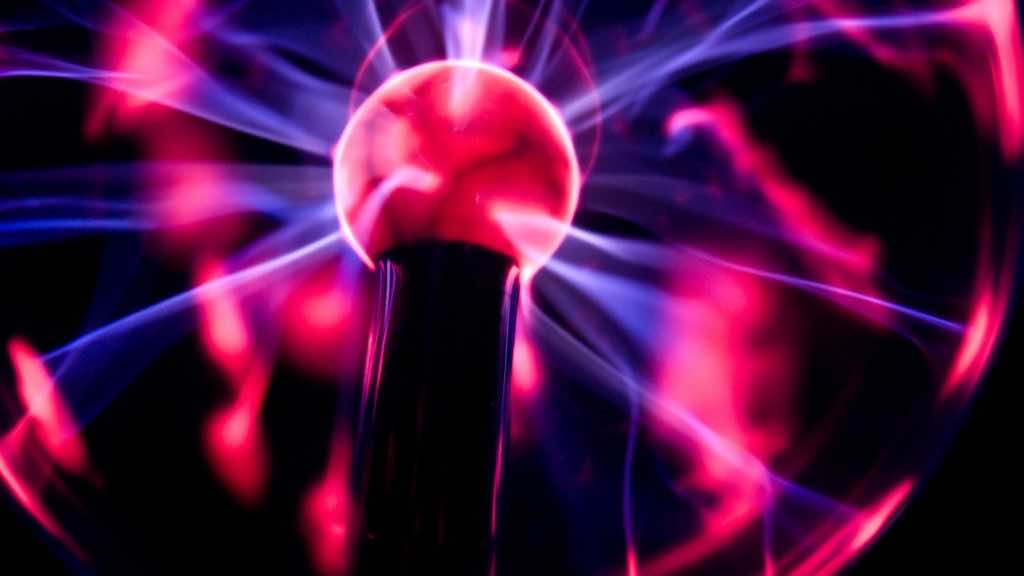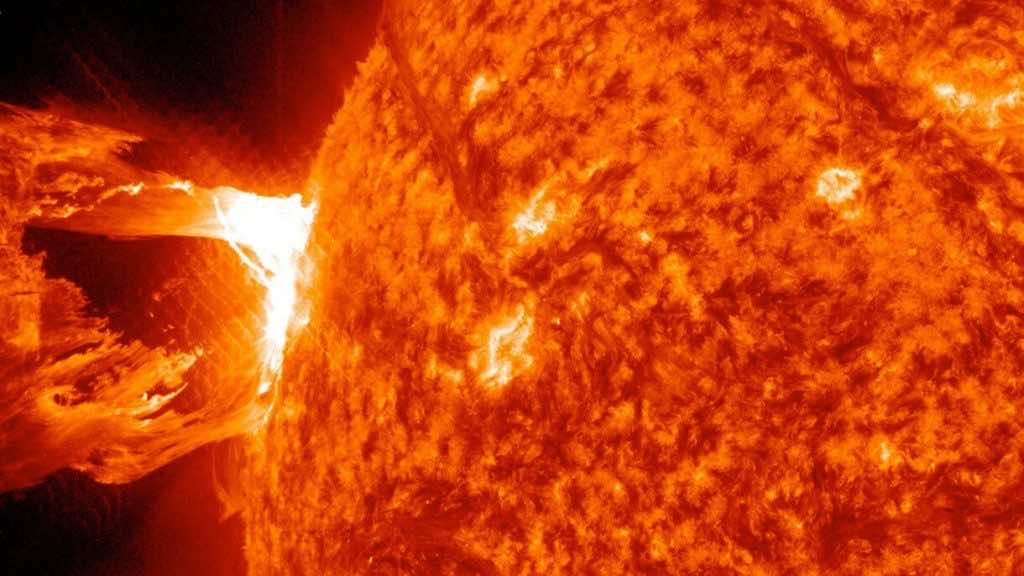Scientists discovered 10 new topological phases of plasma by classifying magnetized plasma, which could bring us a step forward to fusion power.
Plasma physicists studied plasma fusion, the white whale of energy, with the help of these previously unknown phases. The transitions between the phases help learn edge modes or waves at the intersection of the plasma surfaces.
These mysterious innervations have the potential to develop practical uses for magnetized plasma.

“These findings could lead to possible applications of these exotic excitations in space and laboratory plasmas,” said physicist Yichen Fu of Princeton Plasma Physics Laboratory (PPPL).
“The next step is to explore what these excitations could do and how they might be utilized.”
The recent study contemplates plasma topologically, which leads to the analysis of the shapes of the waves within.
Though, the topological phases in cold magnetized plasma are yet to be discovered. Thus, the study is significant as it will provide a comprehensive view of how plasma interacts with itself.

In collaboration with his colleague, PPPL physicist Hong Qin, Fu hunted for the numerical depiction of topological phases of cold plasma in a steady magnetic field. The results showed 10 different novel phases, divided by edge modes – the border between two distinct regions within the plasma. Numerical studies further validated the pair’s results.
“The discovery of the 10 phases in plasma marks a primary development in plasma physics,” Qin said.
“The first and foremost step in any scientific endeavour is to classify the objects under investigation. Any new classification scheme will lead to improvement in our theoretical understanding and subsequent advances in technology.”
Those advances have not been anticipated in the paper, though there are some gripping eventualities, including plasma being the fourth state of matter along with solid, liquid and gas.
Plasma is considered a soup of positively charged particles (ions) and negatively charged particles (electrons) present in space profusely. Verily, the matter found in stars is crucial to prospective plasma technology.

Stars typically fuse nuclei to form heavier elements that produce vast amounts of energy. Researches are being conducted on plasma fusion as a form of energy production that will be essentially inexhaustible and clean on Earth.
Although it is not as easy as it sounds, a stable plasma at temperatures hotter than the Sun should be maintained to generate electricity. This sure is not an easy job, but this study has brought us a step forward.

“The most important progress in the paper is looking at plasma based on its topological properties and identifying its topological phases,” Fu said.
“Based on these phases, we identify the necessary and sufficient condition[s] for the excitations of these localized waves. As for how this progress can be applied to facilitate fusion energy research, we have to find out.”
The research has been published in Nature Communications.


